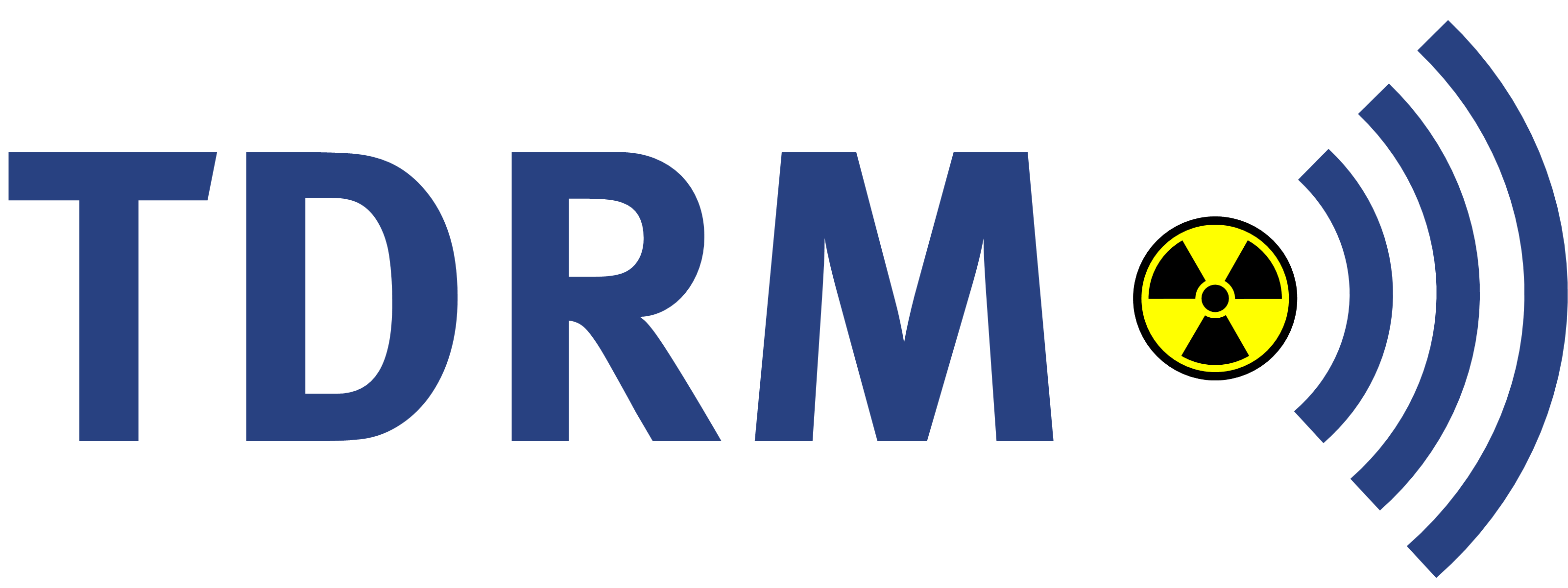Situation
Belgium runs two nuclear power plants – Tihange, 30 km South-West of Liège, and Doel, 15 km West of the center of Antwerp. NPP Tihange operates three pressurized-water reactors (PWR) since 1975, 1983 and 1985, NPP Doel four PWRs since 1975 (2), 1982 and 1985. At the South-West border of Belgium the French NPP Chooz is situated. Its oldest PWR is operated since 1967. Since 1973 a further PWR is operated about 30 km West of Doel in the Dutch NPP Borssele. Morover, two research reactors are still in operation since 1956 and 1961 in the Belgian nuclear research center SEK·CEN in Mol, close to the Dutch border.
In all nuclear facilities mentioned above nuclear reactors are operated which belong to the oldest ractors in Europe. Besides the increase of risks with growing age of operation there are at least two reactors which pose particular safety qualms: Since 2012 large numbers of micro-cracks have been discovered in the high-pressure boilers of the Tihange 2 reactor and of the Doel 3 reactor, increasing in number with each safety inspection (see e.g.).The bursting of high-pressure boilers would cause vast tracts of land to become uninhabitable until far into the future. Major cities would be affected in Begium and in The Netherlands. Even in Germany the city of Aachen, 65 km away from Tihange, would be situated within the affected tract (see study report of the Institute of Safety and Risk Science at the University of Natural Resources and Life Sciences, BOKU, Vienna).
The invisible threat
Within reach of several major cities in Belgium, the Netherlands and Germany, two nuclear power plants, Tihange and Doel, are kept in operation despite of severe safety issues. Every day with those power plants in operation increases the danger of an accident exposing the environment to excessive radioactivity.
Radioactive radiation is invisible. It can neither be felt or smelled. Considering the danger of radioactive substances, this is at the very least unsettling. Even low dose rates can pose a significant risk. This makes it essential to have access to accurate information about the extent of radioactivity in the region.
Particularly people living in regions with increased risk of dangerous radioactive exposure need to be aware of the level of radiation. This holds generally for regions around nuclear power plants—even more so, if their reactors have been shown to be prone to failures caused by age or design weakness. The eldest reactors at Tihange (1975) and Doel (1974) are, unfortunately, in this category. A major accident of one of those would affect Belgium entirely as well as large areas of the Netherlands, France and Germany!
Knowledge requires measured data
Radioactive radiation can be measured with special sensors. Their output can be plotted to make radiation ‘visible’. Measured data is often displayed relative to environmental radiation level or compared to dangerous thresholds. The analysis of radiation over time and geographic location reveals trends and enables us to recognise alarming events. This is vital for the planing of appropriate measures for prevention and protection.
Timely information is mandatory for the protection of our health
The initiative of a team of physicians of IPPNW to demand medical preparedness of political bodies and authorities (e.g. to provide Iodine pills) marked the necessity of earliest possible information in cases of emergency. Due to indispensable complications of cross-border cooperation of the authorities valuable hours might be passed by for the introduction of prevention measures. The idea was born to create an independent transnational Network for monitoring abnormal progressions of radioactive radiation in the precincts of the two nuclear power plants. Starting in December 2016 this idea was implemented by the TDRM project.

 NL
NL  DE
DE  FR
FR  EN
EN